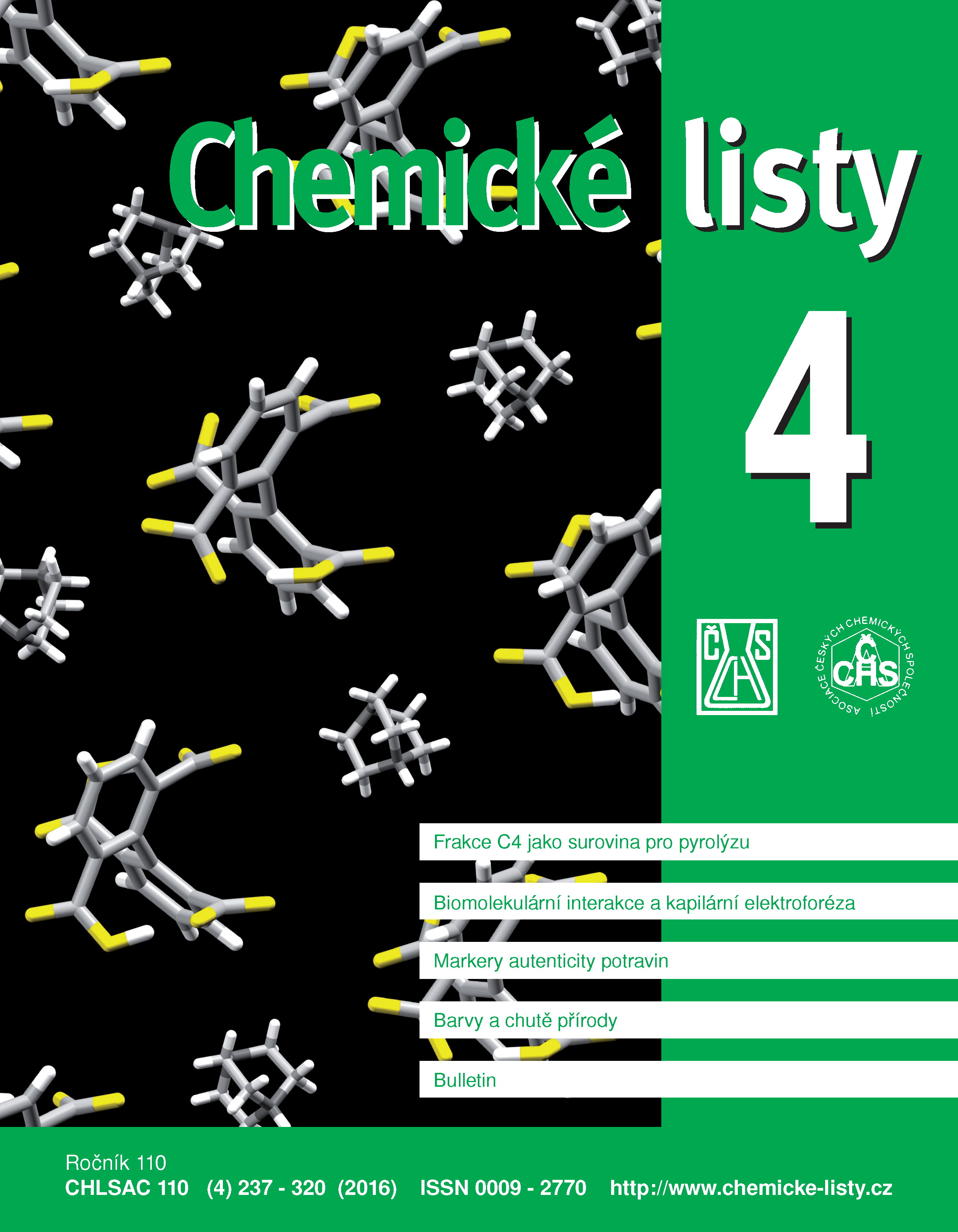Environmentální vhodnost stavebních materiálů z pohledu vnímané kvality vzduchu – povrchové úpravy
Klíčová slova:
kvalita vnitřního ovzduší, stavební materiály, chemická analýzaAbstrakt
The indoor air pollution with respect to indoor surface materials is characterized by volatile organic compound occurrence and perceived indoor air quality. The volatile organic compound concentrations represent an adequate indicator for indoor odors. The level of their occurrence increases with increasing amounts of non-low polluting indoor materials used. Authors' research deals with the occurrence, transfer and distribution of indoor pollutants in buildings and their relation to the HVAC systems. The effect of the interactions of selected surface materials and that of the sorption was followed in a test chamber and compared with real conditions. The chemical analysis and sensory assessments proved that commonly used interior surface materials belong to the non-low polluting materials. For most materials, the possibility of using the sorption ability of their surfaces was confirmed. The results demonstrate that the sorption ability differs for various materials and also for various combinations of the same materials. However, the sorption effect appeared to be insufficient for the indoor material combinations under study because the indoor air quality criteria were not met. The knowledge of the sorption effect can be utilized during the interior design stage already. Sustainable and aimed material combination design is considered to be a suitable tool to improve the perceived indoor air quality and to decrease the chemical pollution.





